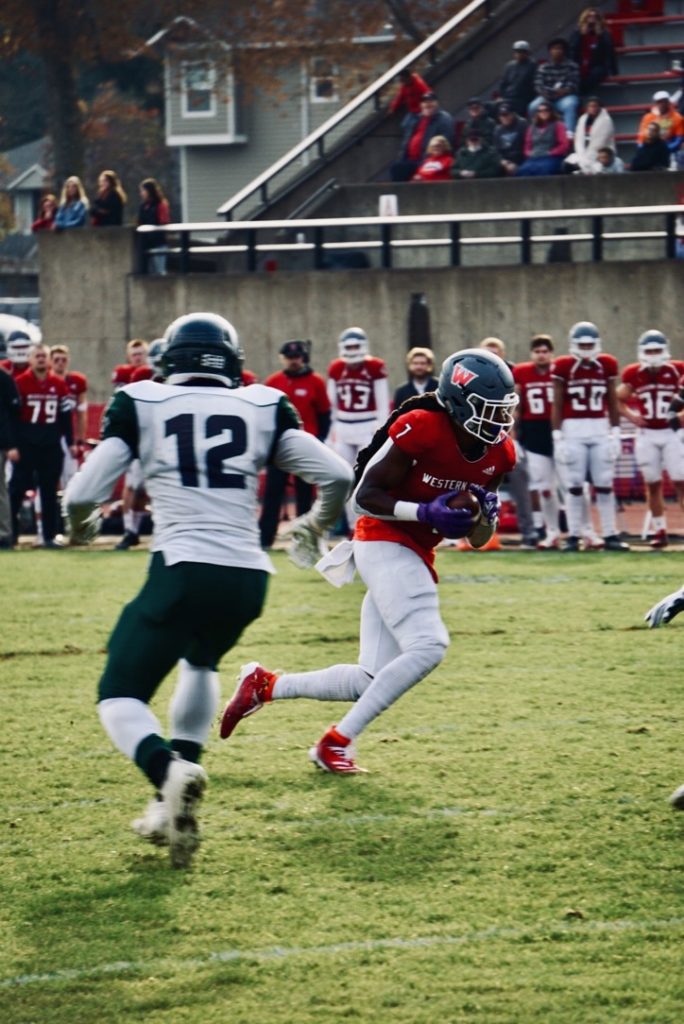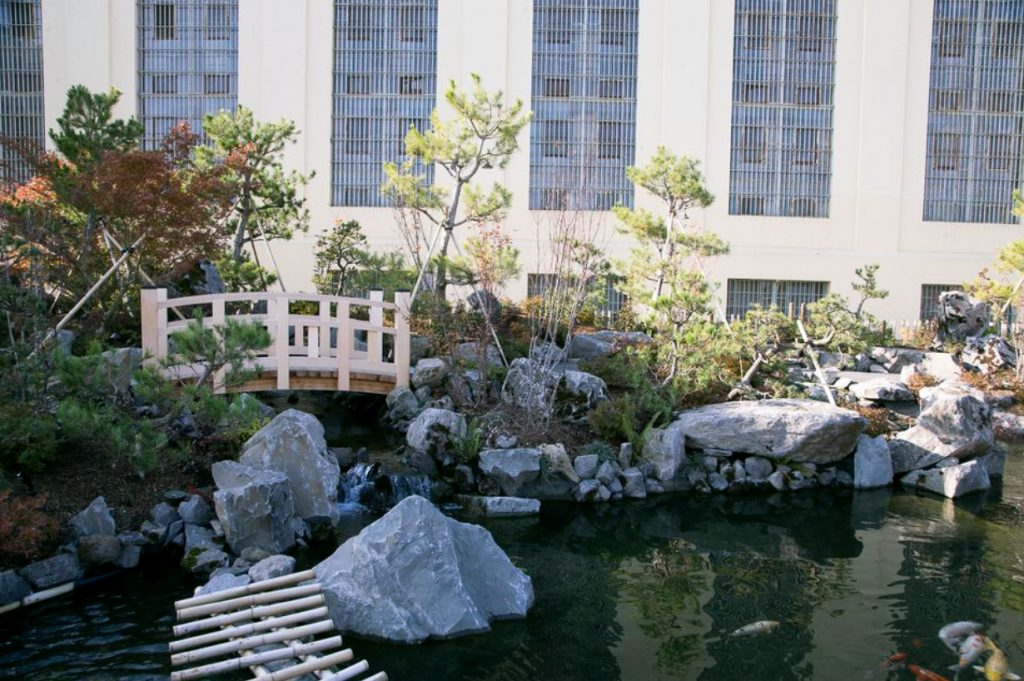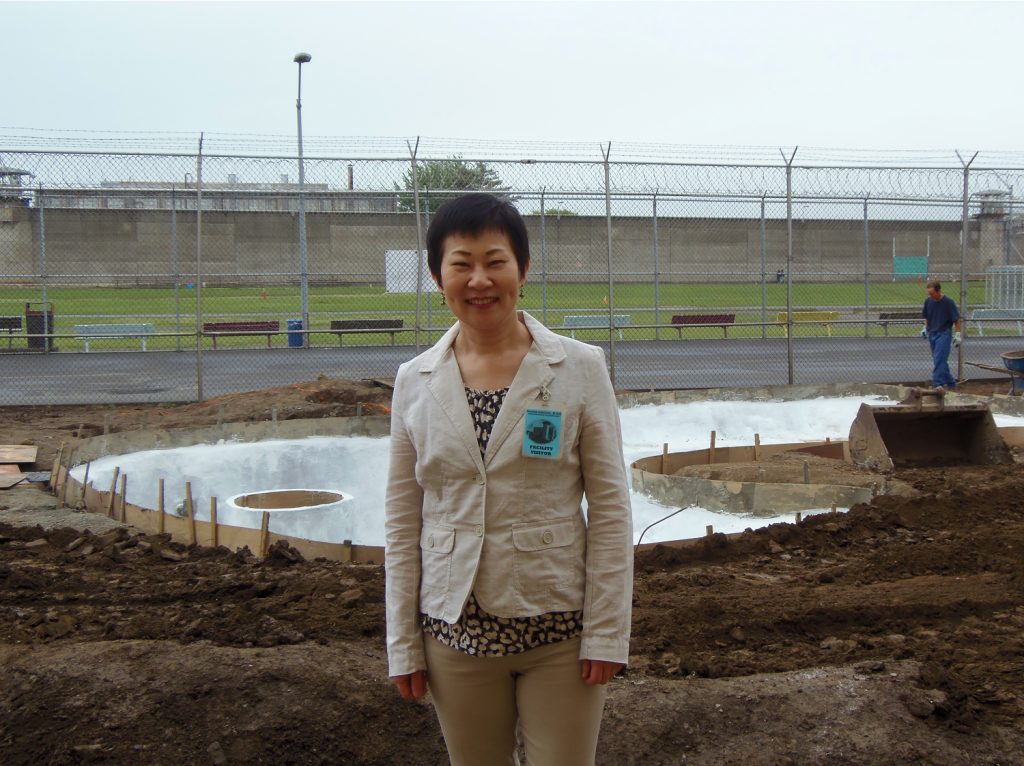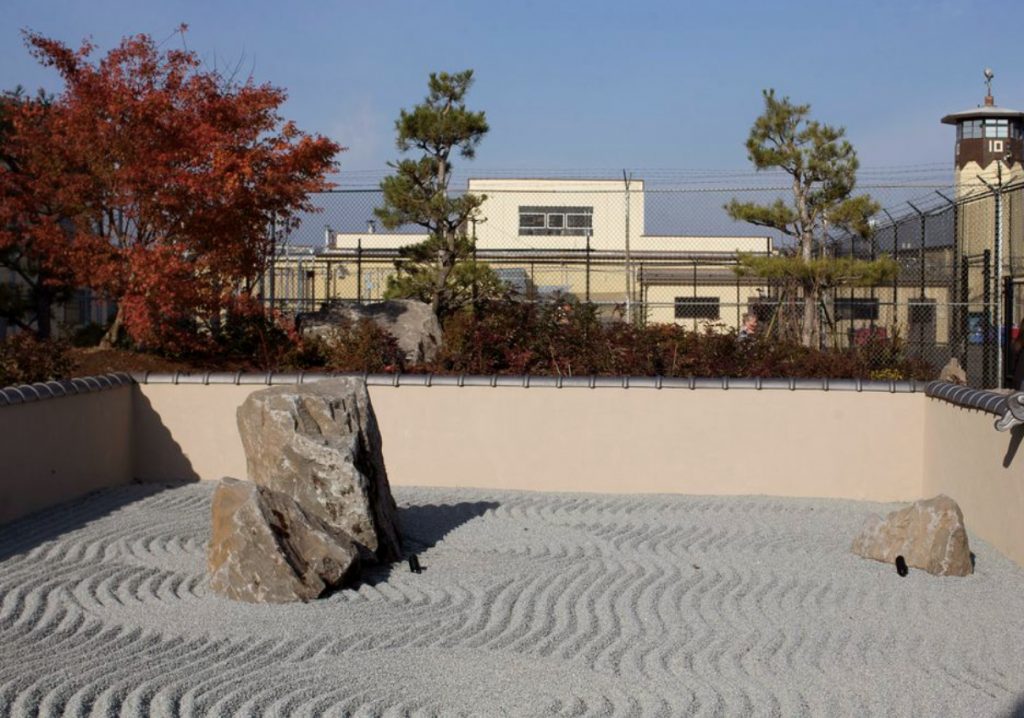Never Retallack | Entertainment Editor
There are films that require more than one viewing — and then there are films like “The Lighthouse.” Those like the latter require at least 10 viewings to fully grasp what happened on screen.
The drama-horror movie directed by Robert Eggers — the same man who brought the fan-favorite “The VVitch” (2015) to life — stars only two cast members: Willem Dafoe as Thomas and Robert Pattinson as Ephraim.
“The Lighthouse” was unique as soon as it started — switching from widescreen trailers to old-fashioned fullscreen, the entire film was in black and white. This set the dark and somber tone of the film before meeting the characters. With just two men on an isolated island, maintaining the lighthouse becomes a lot more challenging as strange events chip away at their sanity.
The movie is set in the 1890s on a mysterious island in New England. Thomas is the “wickie” or lighthouse keeper, and when Ephraim arrives to do grunt work on the island, he becomes Ephraim’s cruel boss.
Without spoiling too much of the plot, there are several odd elements to this movie that viewers should know about: obscene amounts of masturbation, lots of tentacles, sirens and violence against seagulls.
Throughout the entire two and a half hours of the film, I felt a general discomfort and unease in my stomach, struggling to watch or fathom what I was watching.
A challenging element of the movie was the thick sailor accent that Dafoe spoke with, making most of what he said unintelligible. It would be beneficial to rewatch the film but with subtitles provided; there was so much symbolic imagery — I can’t imagine what I missed in the dialogue.
The film only gets more complicated when the audience doesn’t know who to trust — both Thomas and Ephraim tell completely different tales, and with no clear clarification, it becomes hard to know what is reality in this twisted nightmare.
Between endless amounts of drinking, constant yelling and general distrust, the relationship between Dafoe and Pattinson’s acting was captivating and disturbing.
Overall Rating: I think the film alludes to a much bigger picture that I could not grasp, but I highly recommend this movie to anyone looking for something unique and challenging for the brain.
Contact the author at howlentertainment@wou.edu













